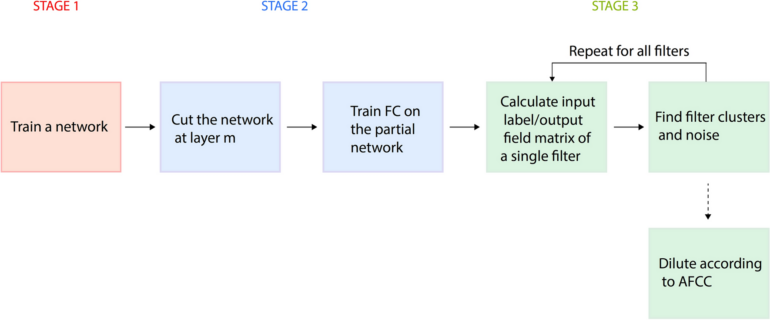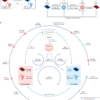Image classification is a complex task that deep learning architectures perform successfully. Those deep architectures are usually comprised of many layers, with each layer consisting of many filters.
The common understanding is that as the image progresses through the layers, more enhanced features, and features of features, of the image are revealed. Yet those features and features of features are not quantifiable, and thus, how machine learning works remains a puzzle.
In an article recently published in Scientific Reports, researchers from Bar-Ilan University reveal the mechanism underlying successful machine learning, which enables it to perform classification tasks with resounding success.
“Each filter essentially recognizes a small cluster of images, and as the layers progress, the recognition is sharpened. We found a way to measure the performance of a single filter quantitatively,” said Prof. Ido Kanter of Bar-Ilan’s Department of Physics and Gonda (Goldschmied) Multidisciplinary Brain Research Center, who led the research.
“This discovery can pave the path to better understanding how AI works,” said Ph.D. student Yuval Meir, one of the key contributors to the work. “This can improve the latency, memory usage, and complexity of the architecture without reducing overall accuracy.”
While AI has been at the forefront of recent technological progress, comprehending how such machines actually work can open the way for even more advanced AI.
More information:
Yuval Meir et al, Towards a universal mechanism for successful deep learning, Scientific Reports (2024). DOI: 10.1038/s41598-024-56609-x
Provided by
Bar-Ilan University
Citation:
Towards a universal mechanism for successful deep learning (2024, March 12)



